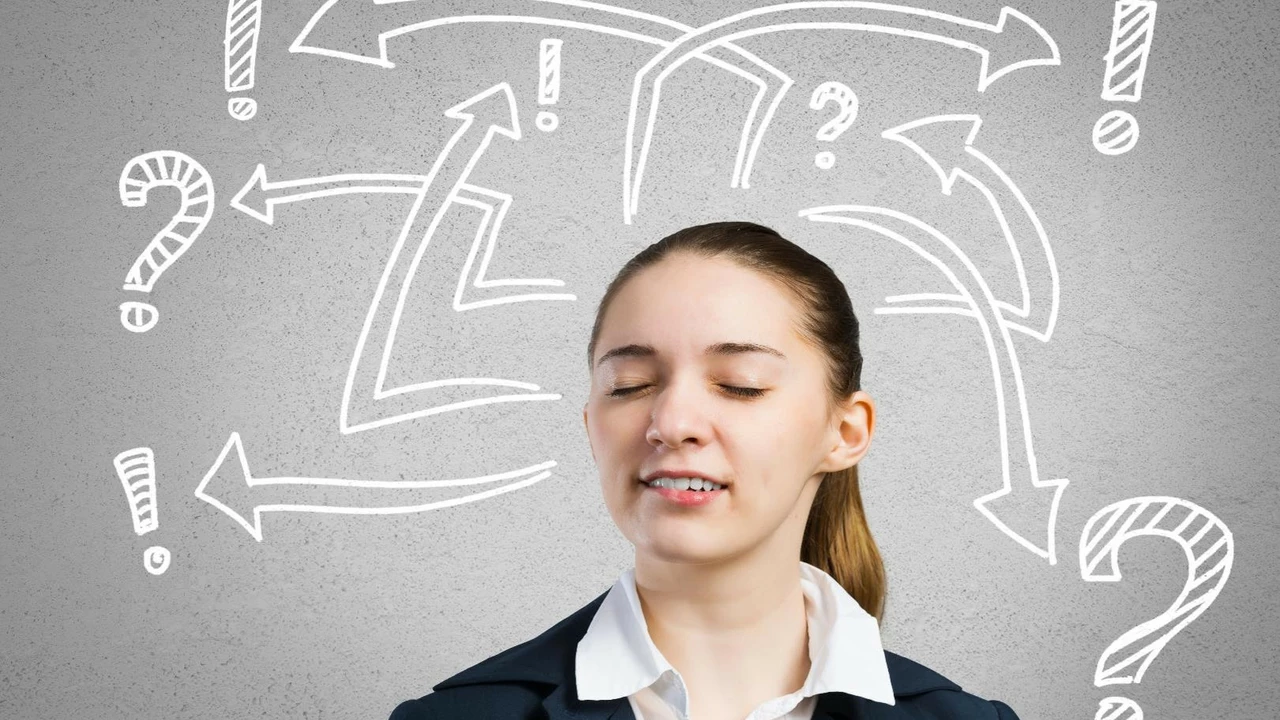ADHD: Symptoms, Diagnosis, and Practical Ways to Manage It
ADHD shows up as trouble focusing, impulsive actions, or too much activity. Kids usually get noticed at school. Adults often struggle with time, work, and relationships. Spotting common signs helps you know when to get help.
Common signs include short attention span, forgetfulness, losing things, interrupting others, trouble waiting, and restlessness. Symptoms should be ongoing and affect more than one part of life, like home and school or work. If several signs last six months or more, talk to a doctor or a mental health professional.
Getting a diagnosis
Diagnosis starts with medical history and behavior reports from parents, teachers, or partners. Clinicians use checklists and rating scales and ask about sleep, hearing, and vision. They rule out stress or other health issues that can look like ADHD. For adults, the professional will ask about childhood behavior because ADHD begins early.
Treatment and daily tools
Treatment often blends medication, therapy, and practical habits. Stimulant drugs such as methylphenidate or amphetamines help many people focus. Non stimulant options like atomoxetine or guanfacine may fit others. Talk to a clinician about benefits, side effects, and monitoring.
Behavioral therapy teaches skills for organization, time management, and emotional control. Parents learn how to set clear routines and expectations for kids. Adults can use coaching to improve work habits and relationships. Simple techniques help: make lists, set timers, break tasks into small steps, and keep to a daily plan.
Small lifestyle changes add up. Get regular sleep with a fixed bedtime and a calm wind down. Exercise regularly, especially activities that raise the heart rate. Eat balanced meals and avoid long gaps or high sugar spikes. Cut back screen time before bed and during focus work.
At school or work, ask for reasonable adjustments. That can mean extra time on tests, clear written instructions, a quiet workspace, or flexible deadlines. Talk openly with teachers or managers about what helps you do your best.
ADHD often comes with anxiety, depression, or learning differences. These need attention too and can change the treatment plan. Keep regular follow up visits so your care team can adjust medication or add new strategies when needed.
To start, book a visit with your primary care doctor or find a psychologist or psychiatrist. Keep a short symptom diary for two to four weeks noting when focus drops, what helps, sleep, and diet. That makes appointments more productive and speeds up finding a plan that works.
Living with ADHD means trying different approaches and keeping what works. Small consistent steps usually beat big one time fixes. If you want more info, talk to a clinician or check trusted medical sources for next steps tailored to you or your child.
Also consider support groups and apps for reminders and habit building. Medication needs periodic review, so track blood pressure, sleep, and mood. If side effects appear, call your provider. Small tech tools and community support can make daily life easier and keep progress on track.
How to Improve Focus and Concentration in ADHD
On my latest blog post, I've shared some helpful tips on improving focus and concentration in people with ADHD. We explored various techniques like setting up a structured environment, breaking tasks into manageable parts, and regular exercise to boost brain function. We also discussed the importance of a balanced diet and sufficient sleep. Moreover, the role of mindfulness meditation in gaining control over attention was highlighted. Lastly, we touched on when to seek professional help and the potential benefits of cognitive behavioral therapy.
- View More
- 11

